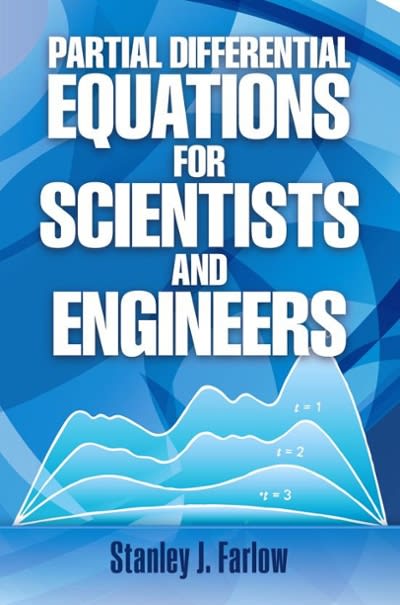Question
The following applies to the two Questions: A box contains five numbered balls (7,7,8,8 and 9). We will randomly select two balls from the box
The following applies to the two Questions:
A box contains five numbered balls (7,7,8,8 and 9). We will randomly select two balls from the box without replacement
Question 1 The outcome of interest is the number on each of the two balls we select. How many outcomes are contained in the sample space?
Hints : Order matters , so the outcome "78" is a different outcome than "87".
sample space consists of only unique outcomes . Therefore no outcome should be listed more than once in the sample space, regardless of how likely it is to occur
Since we are selecting without replacement , the ball that is selected on the first selection is not available to be selected on the second selection.
1) Let X be the sum of the numbers on the two selected balls. Find the probability that x = 16
a) 0.25b)0.20c)0.40d)0.30e)0.35
2) What is the probability that the sum of the two selected balls is 15 if we know that the maximum of the two selected balls is 8?
a) 0.50b)0.40c)0.80d)0.70e)0.60
Step by Step Solution
There are 3 Steps involved in it
Step: 1

Get Instant Access to Expert-Tailored Solutions
See step-by-step solutions with expert insights and AI powered tools for academic success
Step: 2

Step: 3

Ace Your Homework with AI
Get the answers you need in no time with our AI-driven, step-by-step assistance
Get Started


